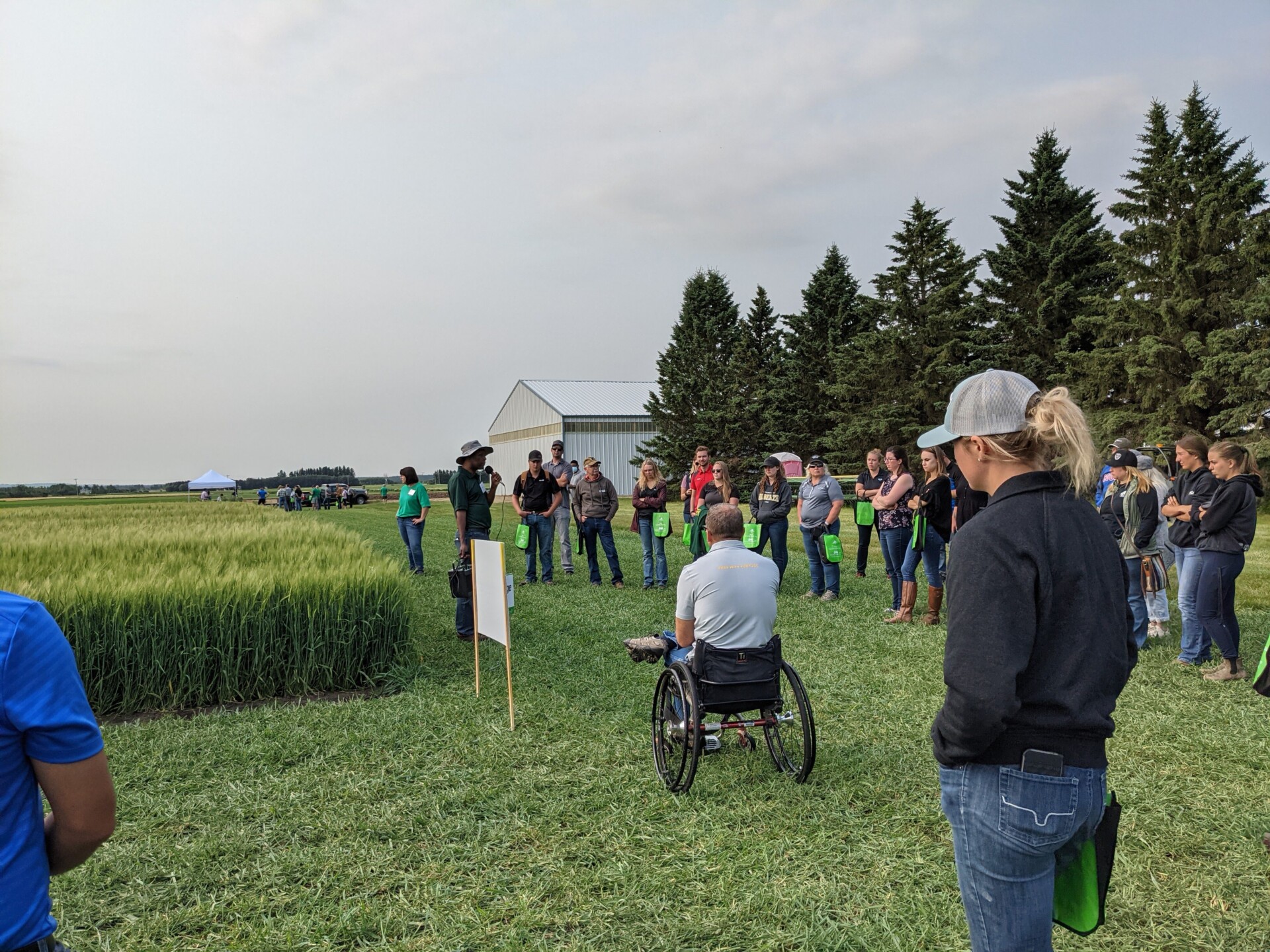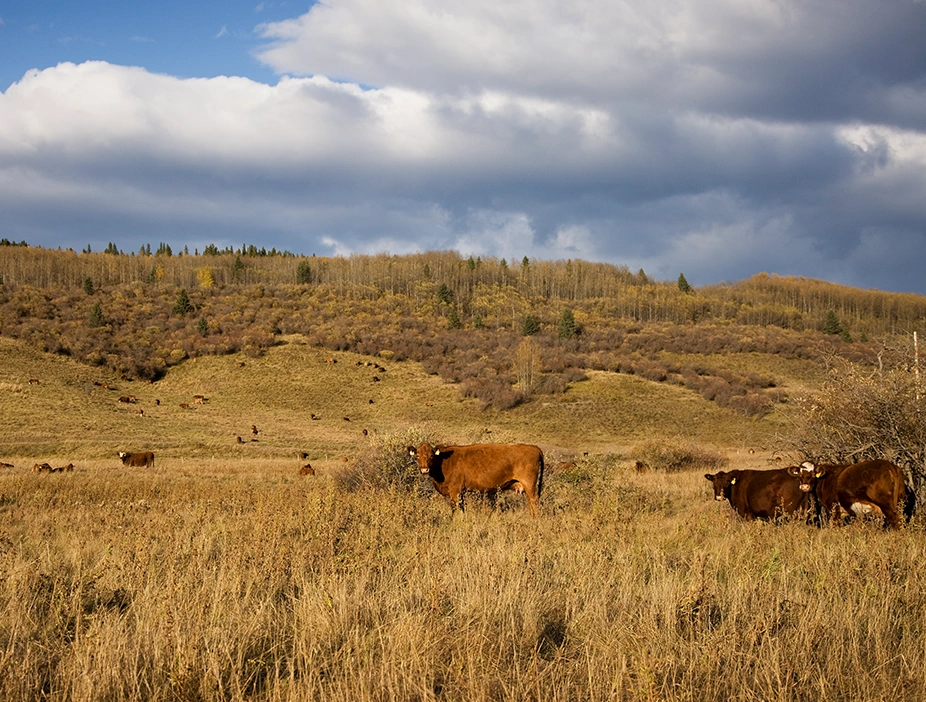Effect of transport time and temperature on the PCR test for Vibrio
The objectives of this project were to determine the feasibility of pooling samples to decrease testing costs, as well as to determine the impact of delay in transport time and temperature conditions on the sensitivity of the PCR test, or its ability to find infected bulls.
Started: 2013 | Completed: 2013
Studying unusual feedlot mortalities
The beef industry tends to focus on diseases that have the greatest apparent impact on productivity and profitability. For example, since bovine respiratory disease syndrome is a leading cause of death in feedlots, post-mortem examinations of feeder cattle tend to focus on the lungs and airways.
Completed: 2011
Development of forage oat cultivars with improved yield and nutritive value
Oats have been generally selected for grain yield and quality rather than forage yield and quality. These researchers previously discovered oats with low lignin levels in the hull. Because lignin is difficult to digest, developing oats varieties with low lignin levels in the forage raise the digestibility and forage quality of oat greenfeed or silage.
Completed: 2013
Agri-Benchmark via Canfax Research Services
agri benchmark is an international, independent and non‐ profit network which is coordinated by a German research institution. agri benchmark uses a consistent methodology to compare production systems and their economics world‐wide.
Completed: 2013
A summary of the Triticale Swath Grazing Demonstration Project
Cow-calf producers have long been challenged by the logistics and costs associated with winter feeding. Conventional winter feeding requires the producer to haul hay or silage to cattle, which places significant demands on an operation’s labour and management.
Completed: 2013
DNA tests for feed efficiency and beef tenderness
The beef industry would benefit greatly from both reduced feed costs and increased beef quality. Feed efficiency is the most economically important trait in feedlot production, and winter feed costs can account for over 75% of cow-calf production costs.
Completed: 2013
Improved understanding of Johne’s Disease
Blood samples and fecal shedding status were obtained from 25 MAP infected cows (as identified by the current ELISA test). Cows were split into four groups: ELISA and fecal high, ELISA high and fecal low, ELISA low and fecal high, and ELISA low and fecal low.
Completed: 2013
Silage variety yield and quality differences
Eleven sites were established across the province in the first two years of the trial, the third year of the trial had 10 sites. Varieties of barley, triticale, oats, and peas commonly used for silage, greenfeed and swath grazing were included, along with new varieties.
Completed: 2012
Impact of rumen microbes on feed efficiency
This project aimed to identify factors associated with enhanced feed efficiency in feedlot cattle, focusing specifically on the microbial populations in the rumen and any effects of host-microbe interactions on feed efficiency. The association between feed efficiency and acidosis was also investigated.
Completed: 2012
Measuring and breeding for fiber digestibility in cereal silage
Breeding work on cereal crops often focuses on grain characteristics (particularly protein content) and yield, but these may not always make the best silage. For example, the fiber structure in the stem that leads to lodging resistance may also cause the silage to be less digestible.
Completed: 2012
Showing 85-96 of 118



